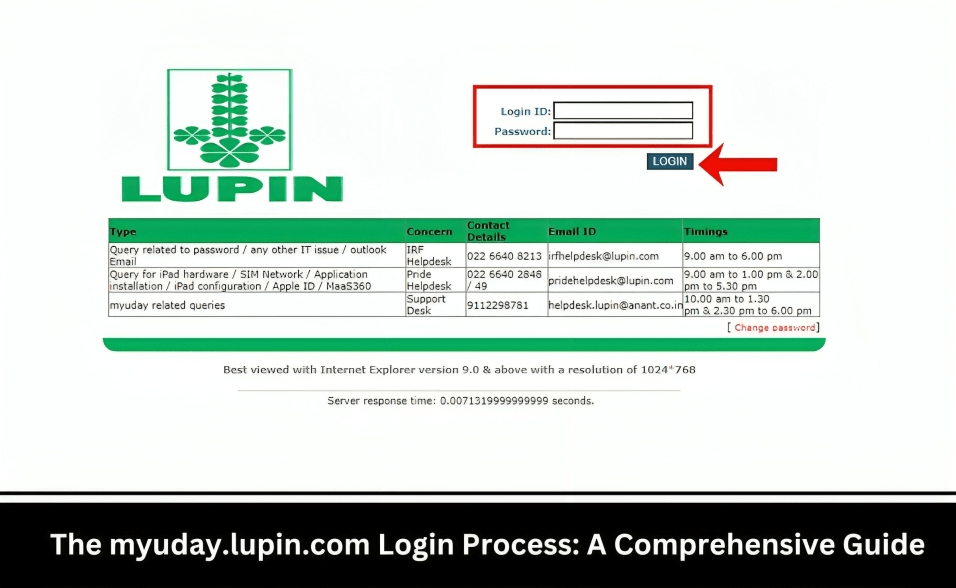In an increasingly digital world, the security and integrity of online transactions are paramount for businesses and consumers alike. Among the myriad of tools available to enhance cybersecurity measures, the IP fraud score has emerged as a critical metric for assessing the risk associated with individual IP addresses. This score leverages advanced algorithms and data analytics to evaluate the likelihood that a given IP address is linked to fraudulent activities, such as identity theft, credit card fraud, or account takeover. Understanding the nuances of IP fraud scores is essential for organizations seeking to protect themselves from financial loss and reputational damage. By analyzing various factors, including historical behavior, geographic location, and network attributes, businesses can make informed decisions about whether to proceed with a transaction or flag it for further scrutiny. This article delves into the components that contribute to an IP fraud score, its significance in the realm of fraud prevention, and the ways organizations can effectively utilize this tool to enhance their security protocols. As cyber threats evolve, a comprehensive understanding of IP fraud scoring will empower businesses to navigate the complexities of digital risk management with greater confidence and efficacy.
– IP fraud score assesses online transaction risks effectively.
The IP fraud score serves as a critical tool for evaluating the integrity of online transactions by analyzing various factors associated with the user’s IP address. By leveraging a combination of historical data, geographic indicators, and user behavior patterns, this score helps businesses identify potentially fraudulent activities before they occur. A high-risk score may signal that an IP address has been previously linked to fraudulent transactions or exhibits suspicious behavior, prompting businesses to take precautionary measures such as further verification or transaction blocking.
Moreover, the effectiveness of the IP fraud score lies in its ability to adapt to emerging threat patterns and evolving fraud tactics. As cybercriminals become increasingly sophisticated, the algorithms that underpin these scores are continually refined to maintain their reliability. By integrating the IP fraud score into broader risk management frameworks, organizations can enhance their overall security posture, minimize losses from fraud, and foster greater trust in their online transaction processes. This proactive approach not only protects the business’s financial interests but also upholds customer confidence in the safety of their online interactions.
– A high score indicates potential fraud.
A high score in the context of IP fraud assessment suggests a heightened likelihood of fraudulent activity associated with a particular IP address. This rating can arise from various risk factors, including previous associations with fraud, unusual geographic locations, or atypical user behavior patterns that deviate from established norms. When businesses encounter an IP address with a high fraud score, it serves as a red flag, prompting them to implement additional verification measures or to reconsider the legitimacy of the transaction in question.
The implications of a high fraud score extend beyond immediate risk assessment; it also influences strategic decision-making regarding customer engagement and transaction approval processes. Organizations may opt to flag high-scoring IP addresses for manual review, require multi-factor authentication, or even block transactions altogether, thus safeguarding against potential financial losses. By recognizing the significance of a high IP fraud score, businesses can adopt a proactive stance against fraud, ultimately fostering a more secure online environment for both themselves and their customers.
– Understanding scores aids in informed decisions.
The ability to interpret fraud scores empowers organizations to make strategic decisions that enhance security while maintaining customer trust. By leveraging these scores, businesses can prioritize their resources more effectively, focusing on higher-risk transactions that necessitate additional scrutiny. This proactive approach not only mitigates potential fraud but also streamlines operations by minimizing unnecessary interventions on lower-risk transactions. As a result, companies can allocate their efforts towards safeguarding assets without alienating legitimate customers.
Furthermore, understanding the nuances of fraud scores fosters a culture of data-driven decision-making within organizations. Teams can analyze patterns and trends associated with fraud, allowing for the continuous refinement of risk assessment criteria and fraud prevention strategies. This insight can lead to improved customer segmentation, tailored risk mitigation tactics, and ultimately, a more resilient business model that adapts to the evolving landscape of digital threats. In an age where data is paramount, harnessing the power of fraud scores is essential for informed, agile decision-making.
In conclusion, understanding IP fraud scores is essential for businesses striving to protect themselves against the rising tide of online fraud. By employing these scores, organizations can gain valuable insights into the legitimacy of user behavior, allowing them to make informed decisions and mitigate potential risks. As digital landscapes continue to evolve, leveraging advanced fraud detection tools becomes not just an option but a necessity. Ultimately, a proactive approach to monitoring and analyzing IP fraud scores can enhance overall security measures, safeguard sensitive information, and foster trust with customers, ensuring a more robust and resilient business environment.
Read more: https://baldockvets.com/


